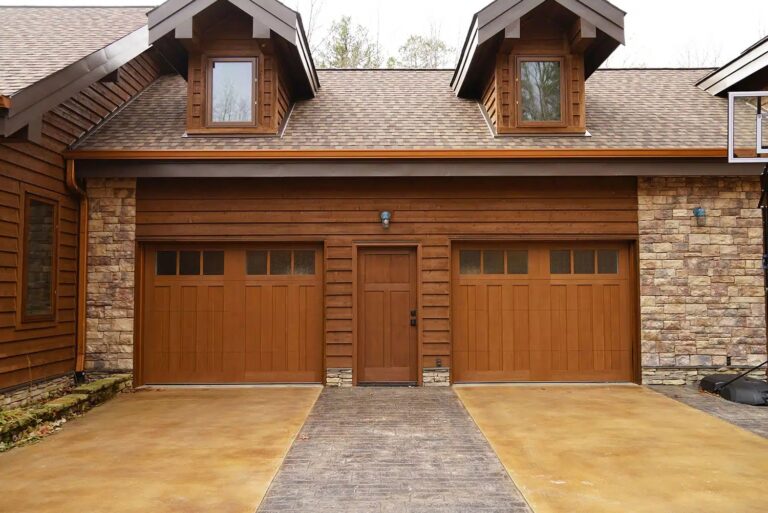How Advanced DAS Antennas Are Solving Coverage Gaps in Modern Buildings
Modern buildings are designed for efficiency, sustainability, and comfort, but those same design features often create one major challenge: weak indoor wireless signals. Materials such as steel, reinforced concrete, and low-emissivity glass can block or weaken cellular coverage, leaving occupants struggling with dropped calls or slow connections. To address this issue, many developers and property owners are turning to DAS Antenna solutions, engineered systems that eliminate coverage gaps and deliver consistent, reliable communication across every floor.
Understanding DAS Antennas and Their Role
A DAS Antenna is a key component of a Distributed Antenna System (DAS), a network of small antennas strategically installed throughout a building to enhance signal distribution. Rather than relying on a single source, the DAS approach divides coverage into zones, ensuring even signal strength in all areas, including basements, stairwells, and enclosed rooms where wireless signals often fail.
Unlike basic signal boosters, modern DAS systems are designed to manage multiple frequencies, carriers, and technologies simultaneously. Whether supporting public safety communication, LTE, or 5G networks, these antennas create a scalable foundation for uninterrupted connectivity.
Solving Real Problems in Complex Environments
The need for reliable indoor communication extends far beyond convenience; it is essential for safety and compliance. Hospitals, for example, depend on strong connections for real-time coordination between departments. Schools rely on stable wireless access to support digital learning and emergency communication. In commercial complexes and high-rise buildings, connectivity impacts everything from tenant satisfaction to operational efficiency.
DAS Antennas address these challenges by extending network reach deep into structures, ensuring that no area is left without coverage. Many municipalities now require enhanced in-building communication systems for first responders, making DAS not just beneficial but often mandatory for code compliance.
Precision Engineering and Professional Installation
Designing an effective DAS solution requires expertise, careful analysis, and technical precision. Every building presents different challenges, signal reflection, interference, and structural layout all affect performance. That’s why experienced providers are essential to system success.
Many reputed companies, such as Maximum Communication (bdamax.com), specialize in planning, installing, and optimizing DAS networks that meet performance and compliance standards. Their engineered approach ensures each project delivers strong coverage, minimal interference, and dependable long-term operation.
Building for the Future of Connectivity
With the rise of smart technologies, IoT systems, and 5G connectivity, the role of DAS continues to expand. Advanced DAS Antenna networks are not just fixing weak spots, they’re preparing buildings for the connected future. A properly installed system supports the growing data demands of modern environments while maintaining communication reliability in emergencies.
Whether in healthcare facilities, educational campuses, or commercial high-rises, advanced DAS solutions are redefining how spaces stay connected, bridging the gap between architectural design and digital performance.
Conclusion
Coverage gaps are no longer an acceptable compromise in modern construction. Advanced DAS Antennas offer a proven, future-ready solution for ensuring strong, reliable communication across every level of a building. For developers and facility owners, investing in a well-designed DAS system means creating safer, smarter, and more connected environments that meet both operational and compliance goals.






